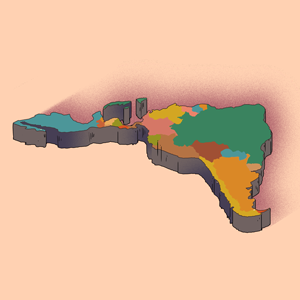Ring Pop’s new Pennsylvania factory will make 1.5 million lollipops a day—and Gen Alpha can’t get enough of them
When the Ring Pop factory in Scranton, Pennsylvania, unexpectedly shut down last summer because of a shaky floor, it abruptly halted production of tens of millions of the iconic oversized candy bauble lollipops that come attached to a cheap plastic ring meant to be worn on a finger. It was a shocking moment for an American candy brand whose enduring popularity spans at least five generations of consumers. “Everyone knows Ring Pop. All I have to do is put its shape in front of somebody and they know immediately what it is,” says Tony Jacobs, CEO of Ring Pop maker, Bazooka Candy Brands. After seven months, a new Ring Pop factory opened in Pennsylvania in March. New York-based Bazooka Candy Brands is doubling down on not only quickly closing the supply gap for Ring Pops triggered by the shuttered plant but has also set ambitious new production targets for the candy. “We should be able to fill up the pipeline by June,” Jacob says, adding that the new factory is expected to churn out nearly double the amount of Ring Pops made annually. [Photo: Bazooka Candy Brands] Shut everything down Since 1977, the stickless lollipop has been made in a 30,000-square-foot plant in Scranton that cranked out as many as 280 million Ring Pops annually. A novelty confectionery, and among the most recognized hard candy brands in the market, Ring Pop has captivated generations of sweet treat seekers—from Gen Xers to Gen Alpha—for decades. Ring Pop, which sells for under $1 to about $1.50 a piece, was consistently growing sales over the last decade, with year-over-year brand sales up 7% at the end of last year. “That number doesn’t even fully include our ecommerce sales,” Jacobs says. On August 29, 2024, everything came to a grinding halt, except the ground beneath the Ring Pop’s Scranton plant. [Photo: Bazooka Candy Brands] “I remember that day very clearly,” says Jacobs. “We’ve had movement in the ground under our factory and the floor had become unstable. It’s no secret that Scranton has a lot of mines and there are mine shafts under our factory. We decided we had to shut everything down until we knew exactly what was going on.” Jacobs says that it was a tough decision, “knowing the impact it would have on the company and the brand.” “In a lot of ways, Ring Pop is our flagship product. But it was also an easy decision because it was a question about safety,” he says. But the factory closure also created a supply crunch that slowed down Ring Pop’s momentum. “I can tell you right now that it’s been painful not having a facility.” “Historically, we have outstripped the candy confectionery sales growth for our brands by how we innovate and market our candy products,” says Jacobs. “Right now, we’re not outpacing the category because we haven’t had supply.” According to the National Confectioners Association, total confectionery sales in the U.S. reached $54 billion in 2024. A little over half of sales were driven by purchases of chocolate products (52%) and 40% by candy (excluding gum). In 2024, overall chocolate sales reached $28.1 billion, up from $25.9 billion in 2023, while non-chocolate candy sales reached $21.7 billion last year, up from $19.2 billion in 2023. [Image: Bazooka Candy Brands] ‘We’re about edible entertainment’ With Ring Pop, especially, both the brand and consumers—including a few celebrities like Drake, Joe Jonas, and Sophie Turner—have leaned into its quirkiness to create viral moments in a way that’s given the affordable lollipop a multi-generation appeal. “Everything that we do is around not just hand-to-mouth candy. There’s a lot of great candy out there, but we’re about ‘edible entertainment,’” Jacobs says. “That’s play value, and viral value that really helps define our portfolio of candy brands.” “To have a product that’s been around for 48 years, that’s over the top, that people want to engage with and talk about, and it’s become a kind of social currency, is even more important,” he says. “We see Ring Pop packs at kids’ birthday parties and at bridal showers.” Bazooka Candy Brands’s other candy products include Push Pop, Juicy Pop, Bazooka Bubble Gum, and Baby Bottle Pop candy. Another current market trend in Ring Pop’s favor is that, “a younger demographic, Gen Z and Millennials, are a little bit more interested in non-chocolate options. It’s just their taste and preference,” said Christopher Gindlesperger, spokesperson with the National Confectioners Associations. A prime example of that is the explosion in popularity of squishy, chewy gummy candies. Last year, peelable gummy candies went viral and retailers scrambled to source and stock them after TikTokers couldn’t get enough of tiny mango-shaped gummy candies that you could, indeed, peel like a real mango fruit to reveal an inner gummy pulp candy and an edible gummy outer peel. Bazooka Brands says for Ring Pop, its biggest fans currently are even younger. The

When the Ring Pop factory in Scranton, Pennsylvania, unexpectedly shut down last summer because of a shaky floor, it abruptly halted production of tens of millions of the iconic oversized candy bauble lollipops that come attached to a cheap plastic ring meant to be worn on a finger.
It was a shocking moment for an American candy brand whose enduring popularity spans at least five generations of consumers.
“Everyone knows Ring Pop. All I have to do is put its shape in front of somebody and they know immediately what it is,” says Tony Jacobs, CEO of Ring Pop maker, Bazooka Candy Brands.
After seven months, a new Ring Pop factory opened in Pennsylvania in March. New York-based Bazooka Candy Brands is doubling down on not only quickly closing the supply gap for Ring Pops triggered by the shuttered plant but has also set ambitious new production targets for the candy.
“We should be able to fill up the pipeline by June,” Jacob says, adding that the new factory is expected to churn out nearly double the amount of Ring Pops made annually.

Shut everything down
Since 1977, the stickless lollipop has been made in a 30,000-square-foot plant in Scranton that cranked out as many as 280 million Ring Pops annually.
A novelty confectionery, and among the most recognized hard candy brands in the market, Ring Pop has captivated generations of sweet treat seekers—from Gen Xers to Gen Alpha—for decades.
Ring Pop, which sells for under $1 to about $1.50 a piece, was consistently growing sales over the last decade, with year-over-year brand sales up 7% at the end of last year. “That number doesn’t even fully include our ecommerce sales,” Jacobs says.
On August 29, 2024, everything came to a grinding halt, except the ground beneath the Ring Pop’s Scranton plant.

“I remember that day very clearly,” says Jacobs. “We’ve had movement in the ground under our factory and the floor had become unstable. It’s no secret that Scranton has a lot of mines and there are mine shafts under our factory. We decided we had to shut everything down until we knew exactly what was going on.”
Jacobs says that it was a tough decision, “knowing the impact it would have on the company and the brand.”
“In a lot of ways, Ring Pop is our flagship product. But it was also an easy decision because it was a question about safety,” he says.
But the factory closure also created a supply crunch that slowed down Ring Pop’s momentum.
“I can tell you right now that it’s been painful not having a facility.”
“Historically, we have outstripped the candy confectionery sales growth for our brands by how we innovate and market our candy products,” says Jacobs. “Right now, we’re not outpacing the category because we haven’t had supply.”
According to the National Confectioners Association, total confectionery sales in the U.S. reached $54 billion in 2024.
A little over half of sales were driven by purchases of chocolate products (52%) and 40% by candy (excluding gum). In 2024, overall chocolate sales reached $28.1 billion, up from $25.9 billion in 2023, while non-chocolate candy sales reached $21.7 billion last year, up from $19.2 billion in 2023.

‘We’re about edible entertainment’
With Ring Pop, especially, both the brand and consumers—including a few celebrities like Drake, Joe Jonas, and Sophie Turner—have leaned into its quirkiness to create viral moments in a way that’s given the affordable lollipop a multi-generation appeal.
“Everything that we do is around not just hand-to-mouth candy. There’s a lot of great candy out there, but we’re about ‘edible entertainment,’” Jacobs says. “That’s play value, and viral value that really helps define our portfolio of candy brands.”
“To have a product that’s been around for 48 years, that’s over the top, that people want to engage with and talk about, and it’s become a kind of social currency, is even more important,” he says. “We see Ring Pop packs at kids’ birthday parties and at bridal showers.”
Bazooka Candy Brands’s other candy products include Push Pop, Juicy Pop, Bazooka Bubble Gum, and Baby Bottle Pop candy.
Another current market trend in Ring Pop’s favor is that, “a younger demographic, Gen Z and Millennials, are a little bit more interested in non-chocolate options. It’s just their taste and preference,” said Christopher Gindlesperger, spokesperson with the National Confectioners Associations.
A prime example of that is the explosion in popularity of squishy, chewy gummy candies. Last year, peelable gummy candies went viral and retailers scrambled to source and stock them after TikTokers couldn’t get enough of tiny mango-shaped gummy candies that you could, indeed, peel like a real mango fruit to reveal an inner gummy pulp candy and an edible gummy outer peel.
Bazooka Brands says for Ring Pop, its biggest fans currently are even younger. They’re Gen Alpha.
“While we don’t have exact figures on the breakdown of Ring Pop purchasers by generation, we do know that the brand over-indexes with households that have kids ages six to 12, making Gen Alpha the primary consumers,” says Becky Silberfarb, the company’s vice president of brand marketing for the Americas.
Jacobs expects Ring Pop to fully close its supply gap and reestablish its brand dominance in the market within six months.
The comeback plan begins with a move into the new factory. The company last week inaugurated a 120,000-square-foot factory in Moosic, Pennsylvania, about seven miles from the Scranton plant.
The new plant, with just over 100 employees, will produce up to 1.5 million Ring Pops a day.
“Our business has been growing. We need more manufacturing and more product,” says Jacobs.
“Once we have our full production lines up and running efficiently, we should be getting close to 400 million Ring Pops made annually out of the new facility,” he says.
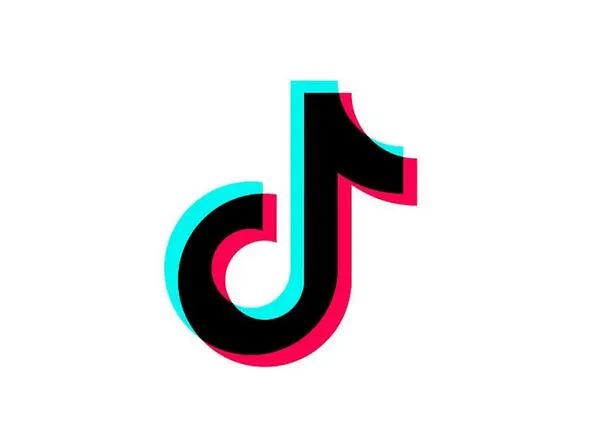

![How to Find Low-Competition Keywords with Semrush [Super Easy]](https://static.semrush.com/blog/uploads/media/73/62/7362f16fb9e460b6d58ccc09b4a048b6/how-to-find-low-competition-keywords-sm.png)

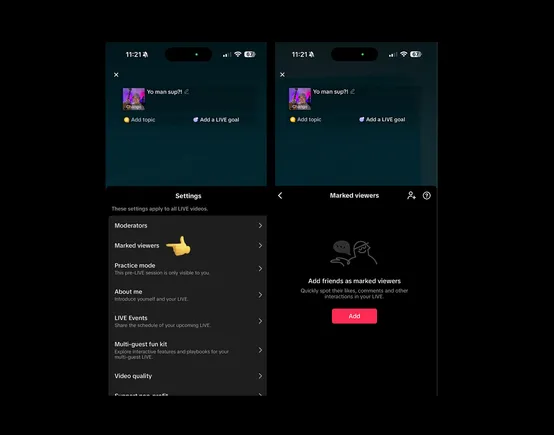
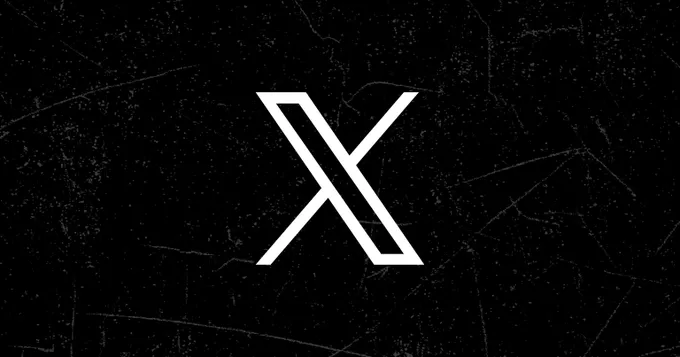
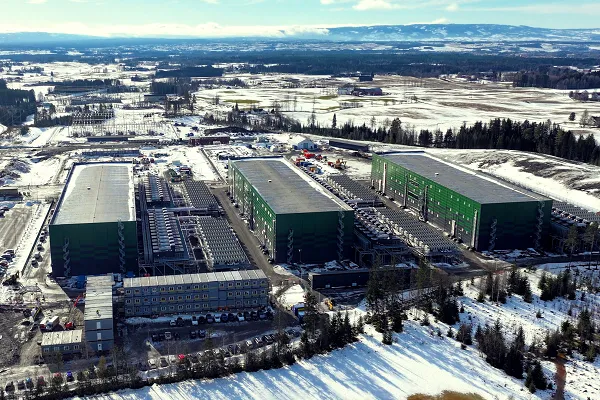

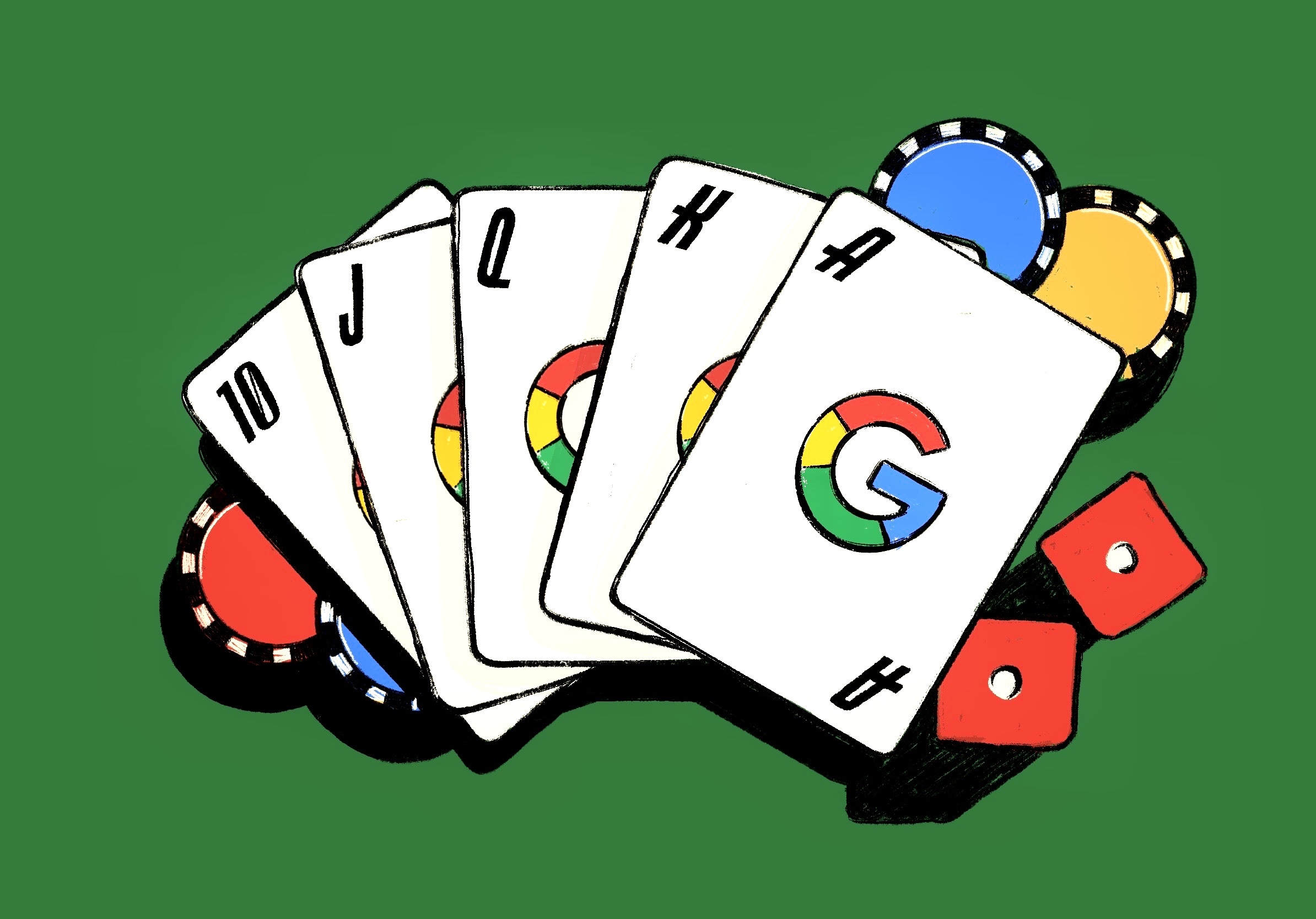
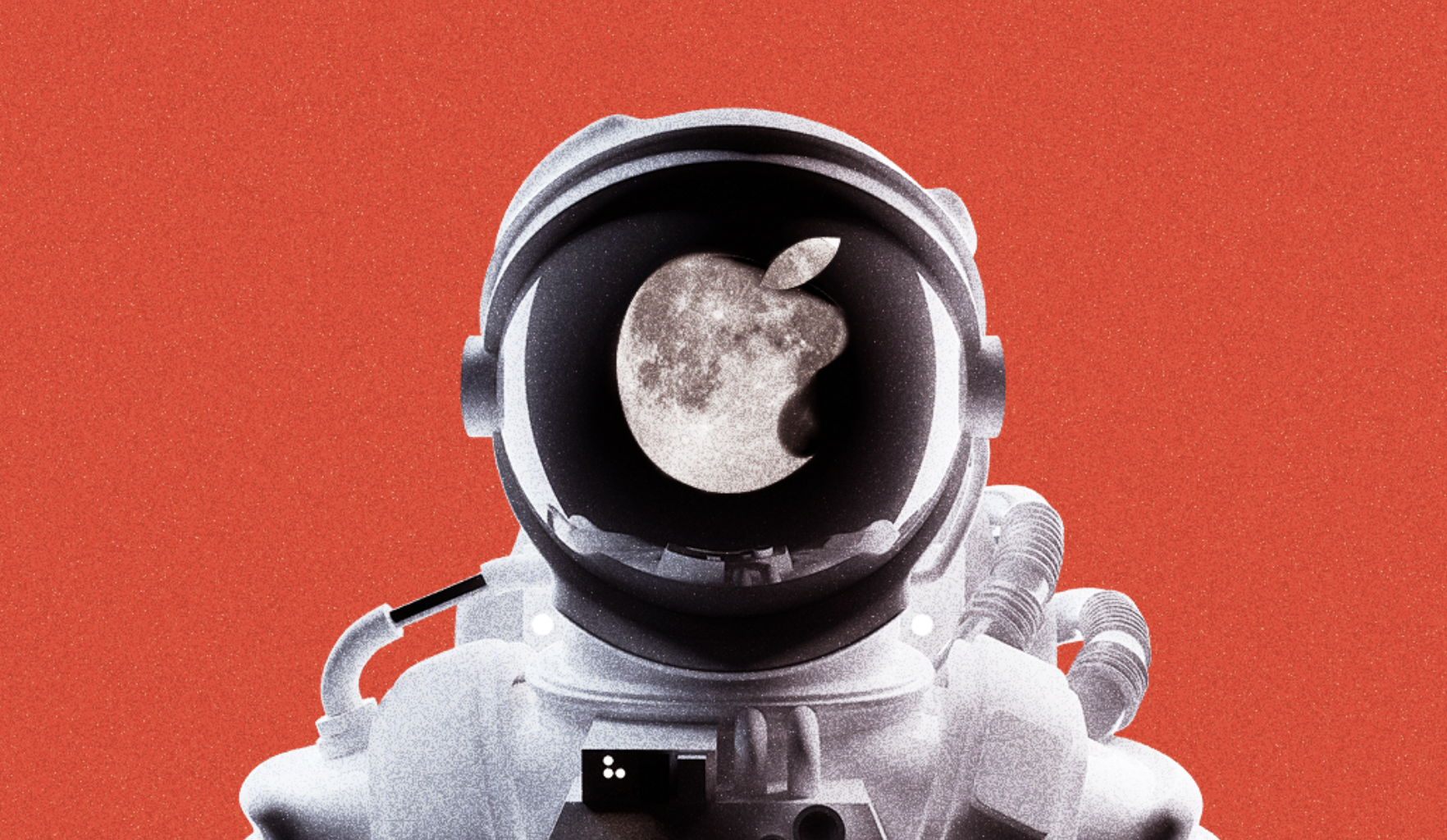


















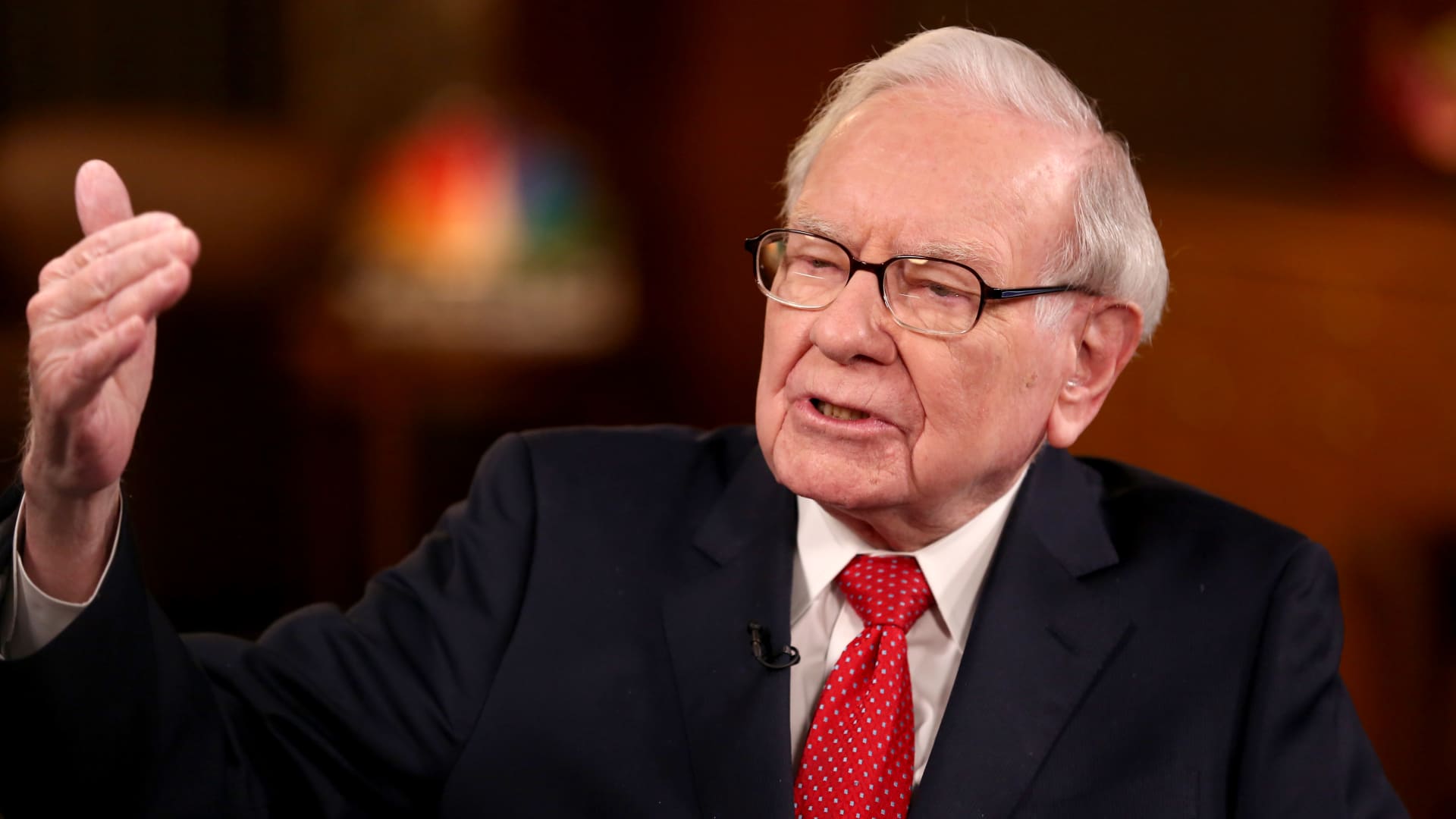




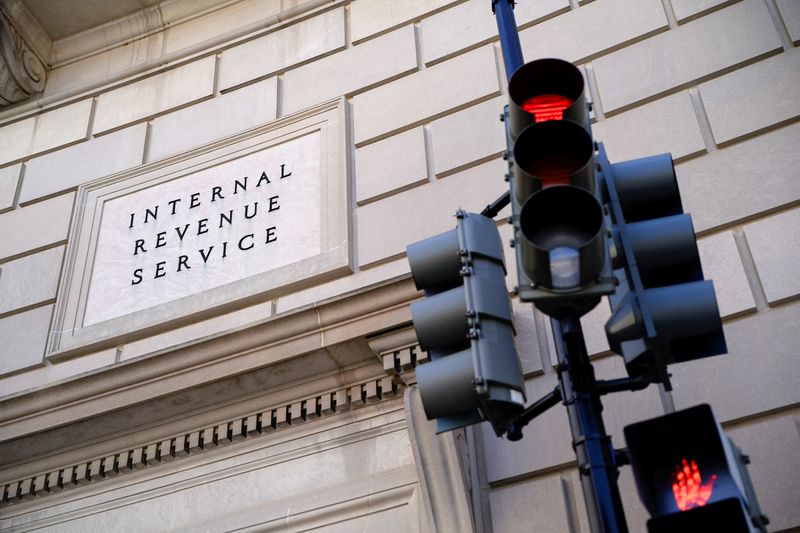
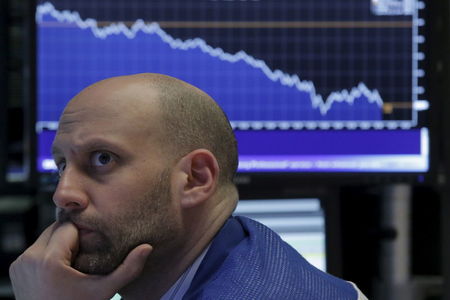








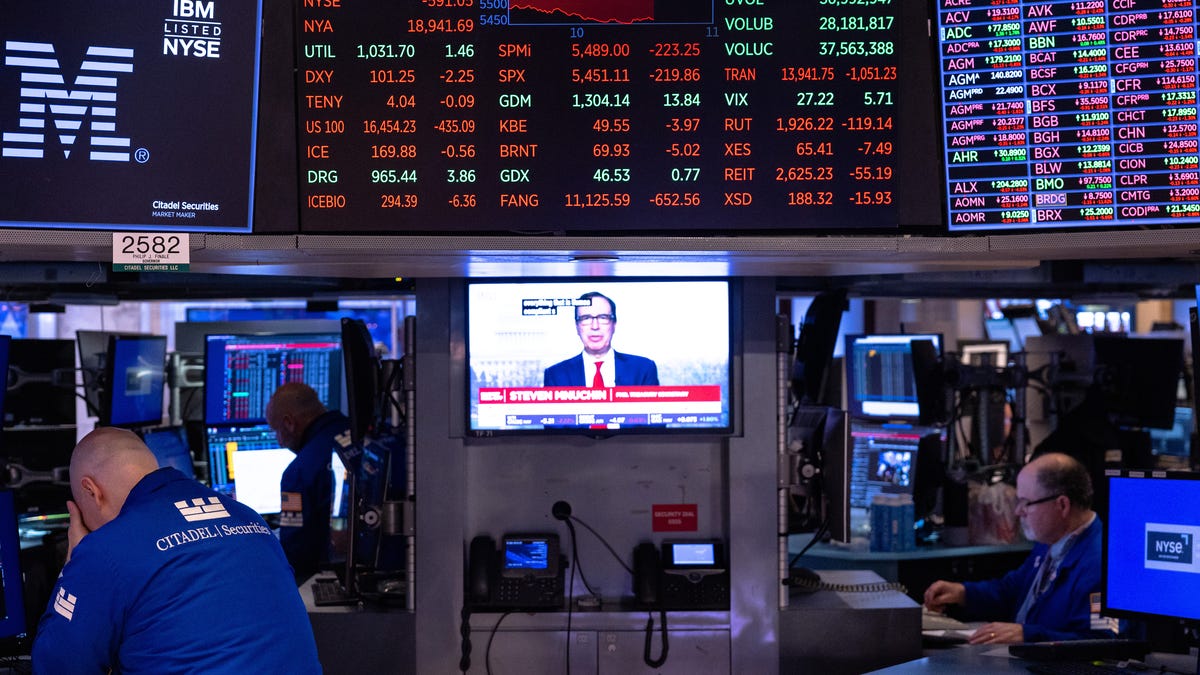

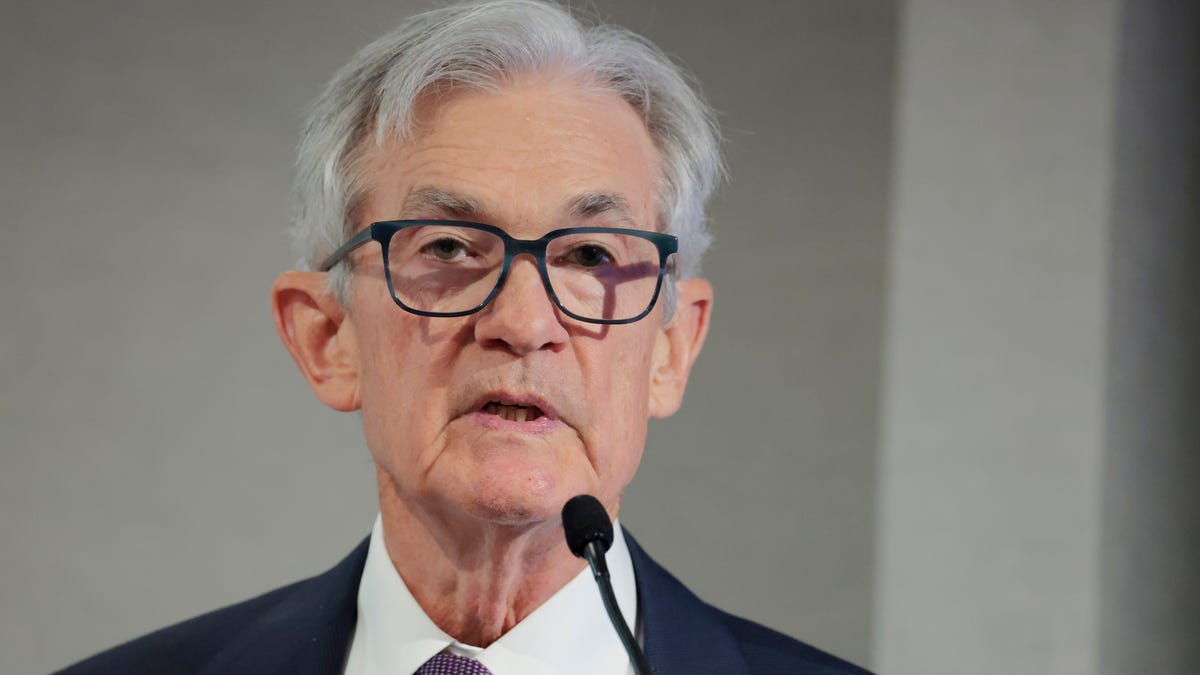





























































































































.jpg)
%20Abstract%20Background%20112024%20SOURCE%20Amazon.jpg)

















